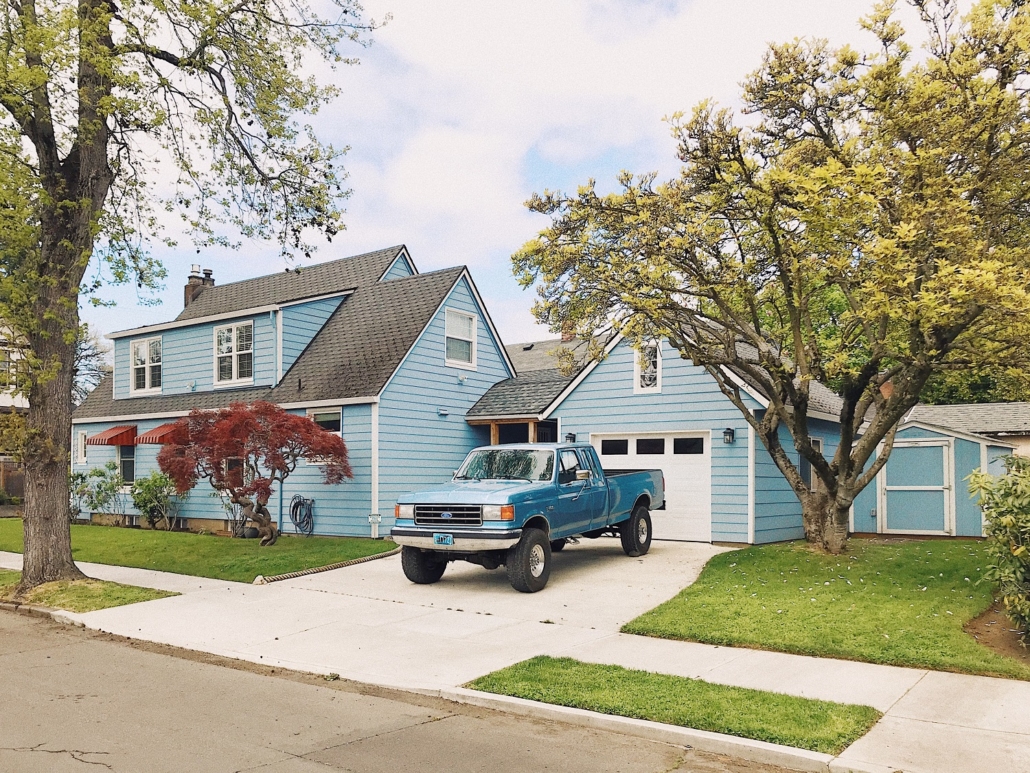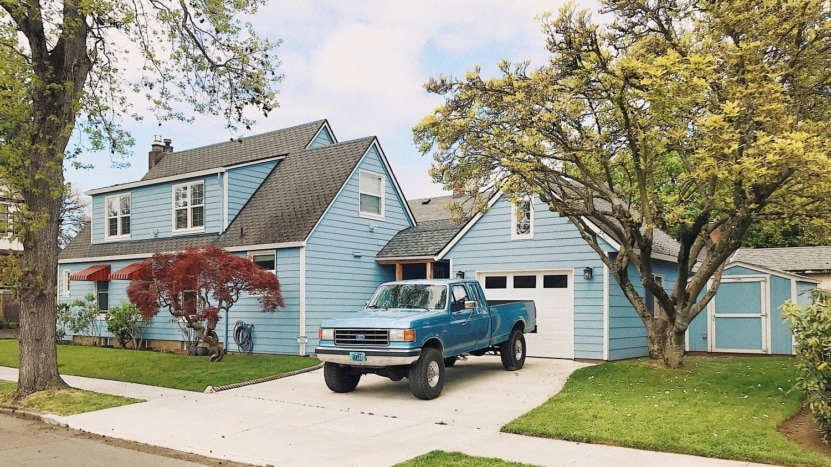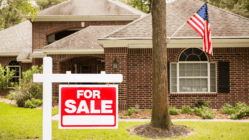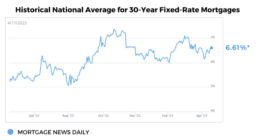
B/c she is so caught up in all of the negative news, she seems convinced that the housing market could easily see a repeat of 2008 when values dropped by as much as 50% in some markets.
This alarmed me and prompted today’s blog – which I think should be shared with fence-sitters or anyone else who fears a repeat of 2008.
SUPPLY OF HOUSING
One of the biggest factors contributing to the 2008 meltdown was an oversupply of housing.
From the 1950s through the early 2000s, an average of 1.5 million new housing units were constructed every year.
Prior to the 2008 meltdown, the average number of new housing units was closer to 2 million per year.
ALL of that excess supply was getting sopped up instantly by flippers and speculators with access to insanely easy financing.
When the financing dried up and the speculators disappeared, the entire country was suddenly walloped with a massive oversupply of housing units that had accumulated over the previous several years.
This massive over-supply was then exacerbated by an onslaught of foreclosures. And excess supply always results in falling prices.
In recent years since the meltdown, an average of only about 900,000 units per year have been constructed – which is much less than the number of new households that were created.
As a result, we now have a massive accumulated undersupply.
Here is a report by Freddie Mac which discusses housing supply and corroborates my above numbers.
DEMAND FOR HOUSING
The other side of this equation is demand.
Demand bottomed in 2008 for three reasons:
- Speculators and flippers, who significantly influenced the market, disappeared altogether. And yes, we had ample speculators and flippers in our recent market prior to the COVID-19 crisis, but they represented a much smaller % of the market, relative to 2008.
- Buyers got cold feet in general and backed out of the market, as always happens when economies go into recession and values fall.
- THE BIGGIE – DEMOGRAPHICS: This is something that nobody talked about in 2008 but it is now considered to be a much bigger contributor to the meltdown than previously thought. Household creation or homebuyers coming into homebuying age (early 30s) bottomed out in 2008. In sharp contrast, the number of homebuyers currently coming into homebuying age is soon to hit an all-time high.
Here is a Forbes.com article I have referenced in previous blogs that supports much of this.
CONCLUSION
Our current economic situation as a result of the COVID-19 crisis is very serious and should not be taken lightly.
But, this definitely ain’t 2008 b/c our supply and demand situation is so different.
Jay Voorhees
Founder/Broker | JVM Lending
(855) 855-4491 | DRE# 1197176, NMLS# 310167
























